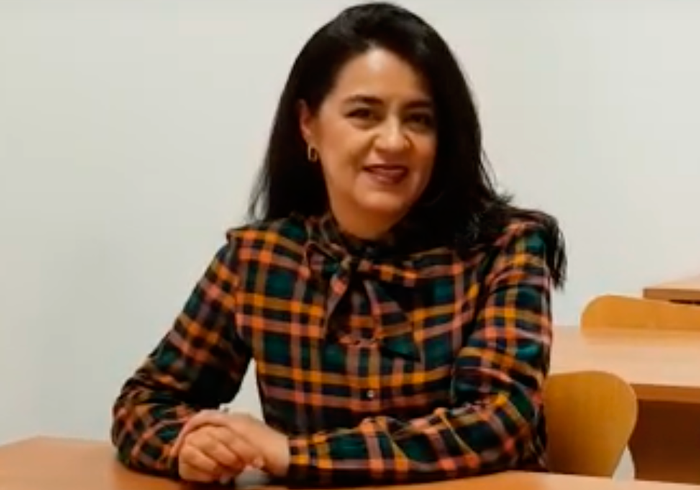
As stipulated in the Article 137 of the Decision no. 486 of the Andean Community, the competent national office may, when it has sufficient reason to believe that the registration was applied for in order to engage in, contribute to, or strengthen an act of unfair competition, may refuse to register that trademark. This sui generis condition has created many problems as far as its application to practical cases is concerned. It has no equivalents in other legislations, and there are no documents that determinate the nature and scope of the law.
22 october 2019
Title: Signs of unfair competition as a cause of non-registrability or annulment of trademarks.
Author: Yolanda Arias Fajardo
The work consists of three chapters, starting with the historical outline of the time period when the rule was introduced. The first chapter explains how globalisation, especially with its business expansion and development of free private initiatives, has revealed that industrial property rights are breached even in such a large geographic area. For this reason, both the Andean Community and the European Union adopted a number of “minimal norms” to protect the trademark rights with regard to unfair competition, which was originally proposed at the Paris Convention and came into force with the implementation of TRIPS Agreement.
The author determines the nature of this problem and defines whether the cause of non-registratibility is relative or absolute. Decision 486 is not listed as a part of the articles 135 and 136 but rather stands as a separate rule, while the preliminary interpretations through which the rule was adopted are questioned. The scope of the cause is considered relative and equated, in its effects, to bad faith, the conceptualisation of which has been extensively studied in the European Union.
The second chapter defines the act of unfair competition as such, resorting to the theory of relative complementarity among other norms of unfair competition and industrial property. It is inferred that, in case of their functional differences, these norms converge for the sake of adequate functioning of the market where the distinctive features play a central role, allowing a consumer to associate products and services with a certain business origin. The definition of the concept of an unfair competition act, the risk of confusion, and the use of the efforts of other market participants are some of the notions guiding the research. At this point, both the legal doctrine and the legislation adopted in the European Union regarding this topic have greatly contributed to the interpretation and definition of the norm in this study.
Lastly, the author analyses certain procedural aspects, specifically those concerning the arbitrary nature of the norm according to some writers, lawyers, and examiners. For this reason, the administration teams often treat the rule in an informal way and apply it on the basis of the information obtained through other channels, brought to their knowledge, or incorporated in an application form by a third party. Naturally, this would provoke the people whose rights have been breached to express their opposition.
Using practical case studies, the researcher proves that an applicant, who had not expressed their opposition at the moment of trademark registration, might not have been aware of the evidence that the administration considered a “sufficient reason” to invoke the non-registratibility condition of the article 137 and, therefore, could not have had the right to dispute them.
In conclusion, the researcher exposes the dilemma of prioritising a norm of the public order, when the institutions guarantee free and fair economic competition, or guaranteeing the efficiency of the principles of due diligence, exposure, and contradiction of evidence. As no reform of services regime of the industrial property is foreseen, interpretation of both the origins of the norm and its objectives is paramount to the correct application of the rule.














